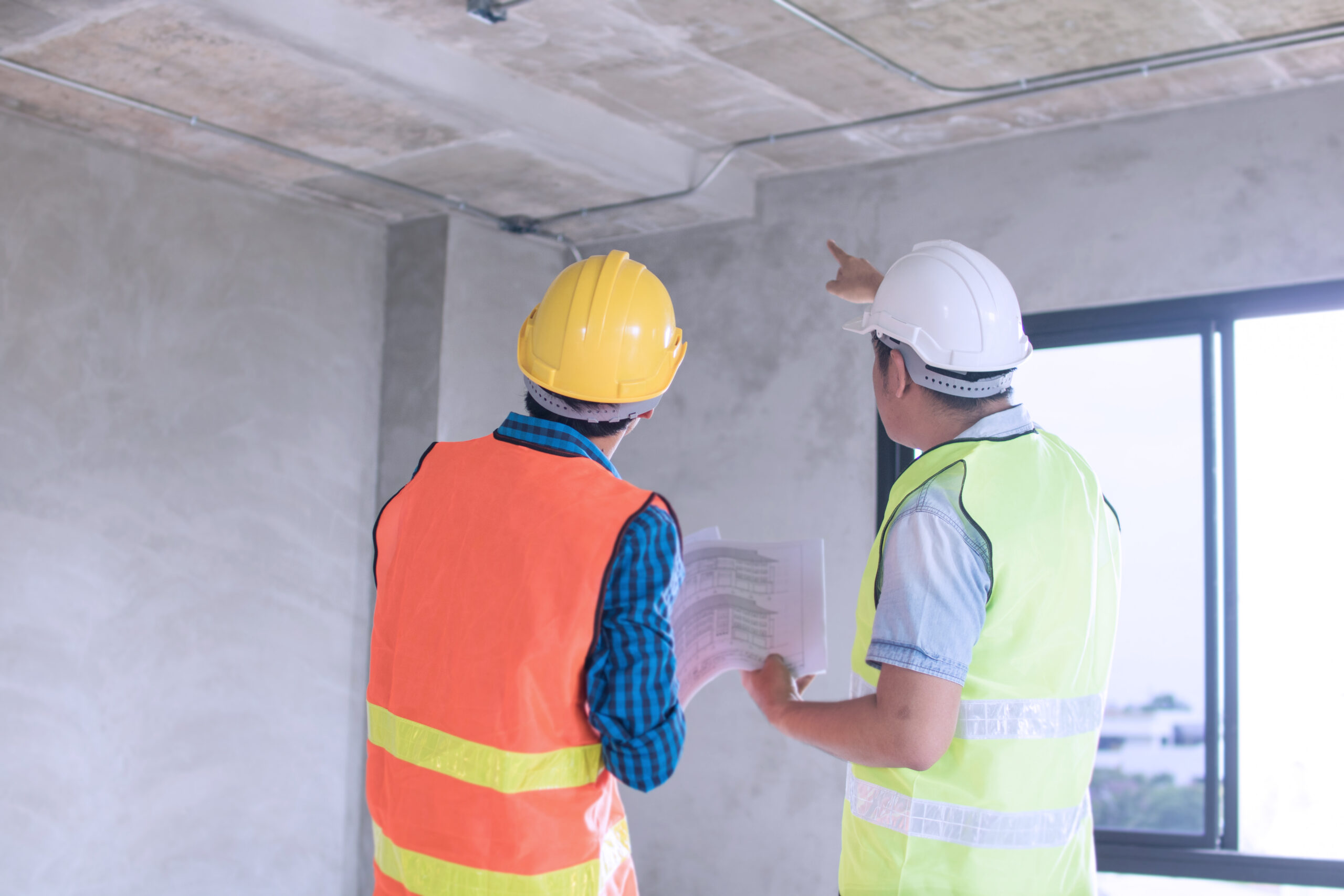
Having regularly conducted building inspections for your commercial or residential building is a proactive way to maintain your real estate investment and the safety your tenants and limit your liability.
How often should my building be inspected?
All buildings age regardless of construction type, maintenance and modification history, and external environmental conditions. An initial consultation should be performed where the Engineer can assess these items and determine a scope for an initial inspection and a frequency and scope of follow up inspections.
As part of the report, the Engineer can provide a maintenance plan and schedule that will inform the building Owners and Maintenance Staff what to look for, what to maintain, how to maintain it, and the frequency.
If you own or manage a property, at the very least you should personally do a walk through and visual inspection of your property at least twice a year, or preferably in accordance with the Engineer’s maintenance plan. This simple walk through can identify discrepancies in and around your facility before they become a costly or a life safety issue.
What is the engineer looking for?
When a Professional Engineer is conducting an inspection, they are looking for any abnormalities or signs of deterioration, excessive deflection, or structural distress in the foundation, superstructure, and building envelope (walls and roof). They are also looking for items which will require further investigation. Engineers DO NOT have X-Ray vision, so they are only identifying items which can been seen. Sometimes a visible item will be identified that will require further testing or probing.
Some telltale signs of issues include but are not limited to:
- Discoloration & water stains on walls & ceilings
- Active Water Leaks
- Cracking of foundation & walls
- Excessive Sagging of Floors
- Rust Stains
- Spalling of concrete or brick
- White Efflorescence Stains on Masonry
What are some common building failures?
Failure of waterproofing is common. Waterproofing must be maintained to be effective. Many times, the waterproofing or drainage system will fail or require repair prior to any other failures with the building structure. While it is tempting to not spend money on these types of repairs, water will, over time cause significantly more damage to structural elements of the building, resulting in a much pricier repair down the road.
Parking structures will also experience issues with the decks well before seeing issues with the rest of the building. Parking decks are exposed to road salts and water. These corrosiveness of the salt in combination with freeze and thaw of water will cause deterioration of concrete. Deterioration under these conditions is progressive and will continue to worsen and cost more to fix the longer the repairs are put off. Eventually, the issues will become a structural hazard. There are ways to repair concrete and ways to seal the parking decks to greatly extend the time required between repairs. Proactive building Owners and Managers will see the long-term value in protecting the deck against significant future maintenance costs as more important than the initial up-front expense.
How much does this cost?
An honest engineering firm will conduct a walkthrough of the building, talk to management, and see what documents are available to review before providing a fee. This is fair to both parties and will allow the Engineer to do a better, customized job and meet the clients’ needs.
Costs can vary significantly. They can range from a couple hours to conduct a walkthrough of a small building to a month-long invasive investigation of a large building and parking structure. The concern is getting the client a fair and accurate price for what they need and providing value over the long term that far exceeds the price.
What are some preventative maintenance options?
In parking structures, the best option is to install a waterproofing traffic bearing membrane over the deck after repairs have been made. This will protect the deck for years from being exposed to road salts and water.
In building envelopes, roofs should be maintained per the manufacturer’s requirements. If buildings have cavity walls at the exterior, the weep holes should be checked and cleaned to make sure they are draining regularly. Caulk joints should be re-caulked on a regular schedule. Steel Lintels should be cleaned and painted to prevent rust, which can swell the steel and damage the facade.
Again, it depends on the building type, age, and exposure. There is no one size fits all solution and finding the right solution for a building and client at the time is part of the value engaging an Engineer brings.
